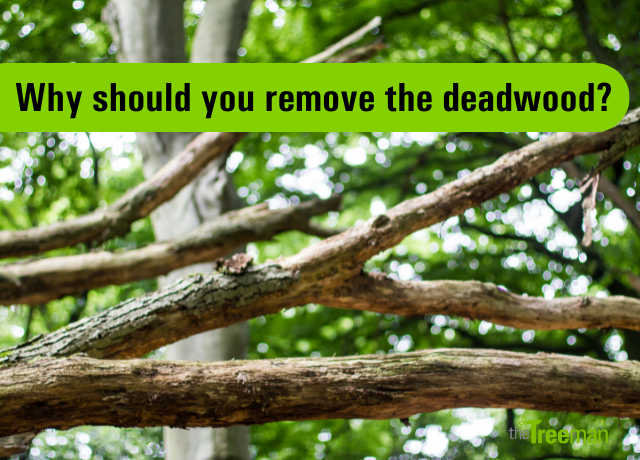
Why should you remove the dead wood?
Deadwood is a natural process where a tree walls off a branch or twig when the benefit of that branch is no longer a good return on the energy required to keep it. The tree stops nutrients from reaching the branch and effectively seals the attachment point.
This may be due to a lack of sunlight reaching that branch, damage, pest infestation, or disease.
Although biologically separated from the tree’s vascular system, dead wood can stay attached for some time and can provide valuable food for birds and insects. It is extremely important in the bush for wildlife. When the branch or twig eventually falls, it adds to the forest floor litter.
Some trees naturally wall off lower branches so as to direct energy to the canopy closest to the sunlight, eg. Redwoods.
However, in the suburban setting, falling dead wood can cause damage to structures, paths, property, and people. Some branches can be quite large and heavy. We recommend removing dead wood proactively, especially in high-use areas.
This is done carefully so as not to cause any damage to the healthy tree by tearing. Removing the dead wood might require a back cut before the final cut or sectional removal if the limb is heavy, to reduce the weight before the final cut. Of course, smaller dead twigs can be removed with sharp secateurs.
Removing this diseased wood can greatly increase the amount of light that penetrates the tree as well as improve the general appearance of the tree, helping it to look cleaner and sharper.